
|
|
|
|
|
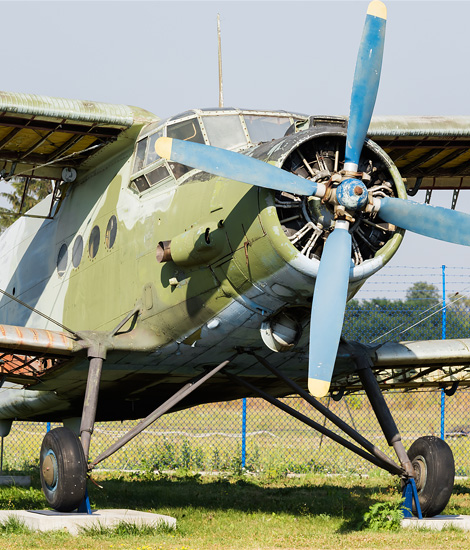
|
Helicopters of the 3 Tactical Airlift Wing; Deblin, August 23, 2015
The Polish Air Force, part 6; Text and Photograph's by Alex van Noye
Besides the transport aircraft of the 3 Tactical Airlift Wing also several transport helicopters are in use at this unit. These helicopters are used for transport duties and for the commitment of the Polish Special Forces. Also part of the helicopter fleet of the Polish Air Force will be used for VIP and government transport in Warsaw.
In addition to the transport aircraft which fly at the 3.SLTr also many helicopters as used by this unit. The fleet of VIP helicopters is not officially part of the 3.SLTr. The VIP unit is very closely linked to the operations of the 3.SLTr and therefore it reports to the command of the 3.SLTr. The VIP transport fleet is referred in Polish to as the 1 Baza Lotnictwa Transportowego (1.BLTr) (1 Air Transport Base). The 1.BLTr was founded in August 2011 after a reform at the international airport of Warsaw Okecie. This unit was already Founded in the past as the third Eskadry Wywiadowczej (3 Intelligence Squadron) in 1918. Today it is part of the Polish Dowództwo SIL Powietrznych RP (Polish Air Force Command) at the 1.BLTr. Today the unit flies only with helicopters. After the crash of the Tu-154 with the Polish President aboard it was decided to phase out all these aircraft. The second Tu-154 was put aside immediately and the four Yak-40s were eventually sold. The transport of important persons of the government was outsourced from that moment to the Polish airline LOT. The 1.BLTr flies with five Mi-8 "Hip" helicopters and ten W-3 Sokol helicopters. The helicopters of this unit can be recognized by their white color scheme with red stripes over the entire length of the helicopter. The Hips which are in use at the 1.BLTr are of the type Mi-8P, Mi-8S and Mi-8T. The Sokols flying at the unit are all of the type W-3P and W-3WA. The 1.BLTr is responsible for transporting diplomates from the Polish government. The helicopters are primarily used to transport important dignitaries within Poland.
The Search and Rescue (SAR) groups are stationed at several airfields in Poland. In total there are three SAR groups which are scattered throughout Poland. These SAR groups are all reporting to the command of the 3.SLT. The SAR groups which are based in Poland are the 1 Grupa Poszukiwawczo-Ratownicza (1.GPR) (Search and Rescue Group) in Swidwin, the 2 Grupa Poszukiwawczo-Ratownicza (2.GPR) in Minsk Mazowiecki and the 3 Grupa Poszukiwawczo-Ratownicza (3.GPR) in Krakow. These
|
|
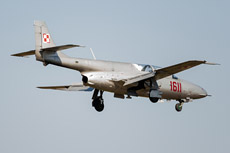
|
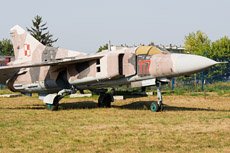
|
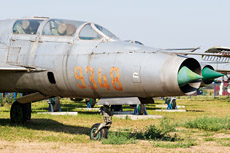
|
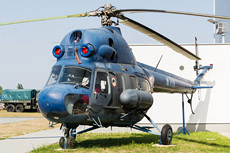
|
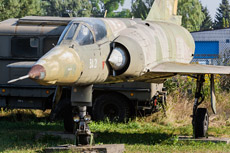
|
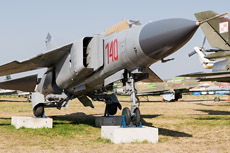
|
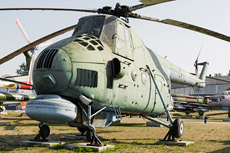
|
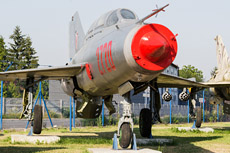
|
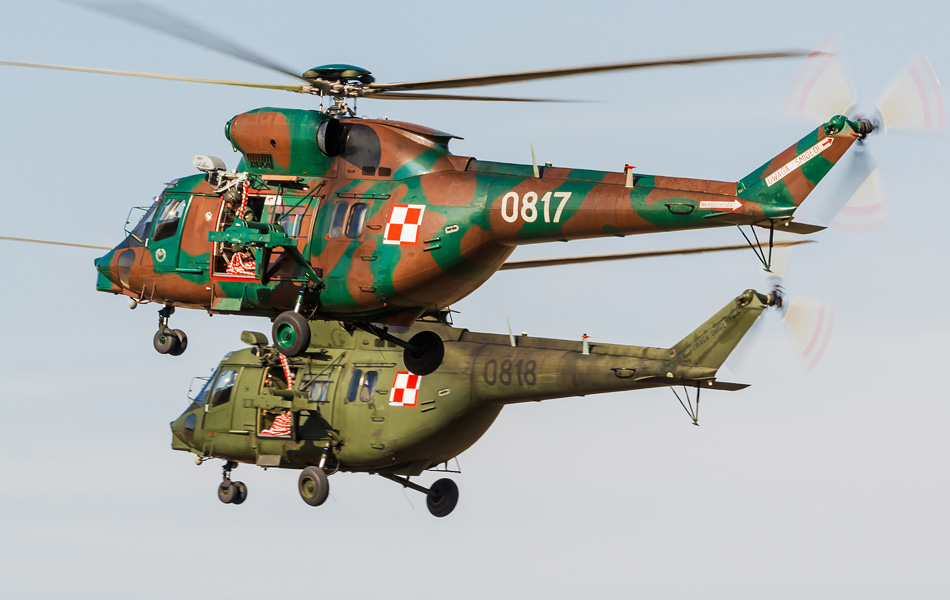
|
units are all equipped with a number of helicopters which are configured as SAR helicopters. The 1.GPR on Swidwin is equipped with two Mi-2RL "Hoplite" and four W-3RL Falcon rescue helicopters. The W-3RL is the land based rescue variant of the Sokol. The 2.GPR in Minsk Mazowiecki is also equipped with two Mi-2RL "Hoplite" and four W-3RL Falcon rescue helicopters. The 3.GPR in Krakow is equipped with a single Mi-2RL "Hoplite" and four Mi-8RL "Hip" rescue helicopters. These SAR groups were all founded at the end of 2008 and early 2009 and are therefore still very young units. The tasks of the rescue groups are transporting patients to hospitals and rescue people in distress in the mountainous areas. There are many areas in Poland which are quite remote because the country is very large. These helicopters are used to reach these areas. The helicopters of these groups can be used to complement civil services if serious traffic accidents occurred.
The youngest units of the Polish Air Force are the Polish Special Forces which are designated as Wojska Specjalne (WS) (Special Forces). The Specials Forces were established by the Polish government as the fourth armed forces of the Polish armed forces from May 24, 2007. This part of the Polish defense has a component which has some helicopters and aircraft. The helicopters of the Special Forces flying branch are based on Powidz. This unit is referred to as the 7 Eskadra Działań Specjalnych (7.eds) (7th Special Operations Squadron). The 7.eds is part of the Polish Air Force which is specialized in providing transport and fire support to the Special Forces. Although the 7.eds it is not part of the 3.SLT, it does have a close cooperation with this unit. Regularly aircraft or helicopters of the 3.SLTr are used for the Special Forces. For all the specific tasks the 7.eds has a number of helicopters with special configurations. The Polish Zadaniowy Lotniczy Zespół Bojowy (ZLZB) (Air Task Team Battle) of the Special Operations was operational at the end of 2013. The troops of this part of the Task Force are under the command of the Polish Army. After their final qualification in 2013, the Air Force Special Operations team was fully deployed in an operational scenario. The Polish Special Forces have made some important broadcasts to several countries around the world in their short existence. Many operations have already been carried out in countries such as Chad, Iraq and Afghanistan.
The 7.eds has for the execution of its tasks various types of helicopters and airplanes in use. The unit uses of each type of helicopters only a small number, because the unit is very small. The only aircraft which are in use at the 7.eds are two M28B-TDII light transport aircraft. The TDII variant of the M28 is suitable for night operations. The aircraft is equipped with night vision equipment to fly these kinds of missions. Besides the M28 the unit has also five Mi-17 "Hip" helicopters and a few Mi-8MT "Hip" helicopters in use. These helicopters are larger and have the capacity to transport several heavily armed commandos and their equipment. The Mi-17 has just behind the cockpit a big door which makes the helicopter ideal for dropping down soldiers with the fast rope technique. The Mi-17 is also able to carry heavy sling loads under the fuselage of the helicopter such as amphibious vehicles which are commonly used by the Special Forces. The Mi-17 can in the doors be equipped with M134G mini guns which have a large firepower for short intense attacks. The 7.eds has also three W-3RL and W-3WA Sokol helicopters in use. The advantage of this helicopter is that they are small and therefore very maneuverable. These helicopters can easily reach difficult places where large helicopters such as the Mi-17 cannot land due to their large size. Finally, the 7.eds has one Mi-24V "Hind" in use. This helicopter has a large firepower and can also transport small groups of soldiers. The Hind is therefore a flexible helicopter for such kinds of actions.
|
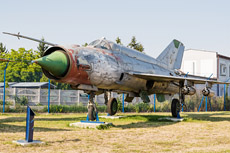
|
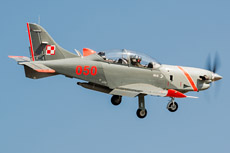
|
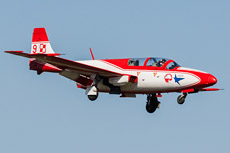
|
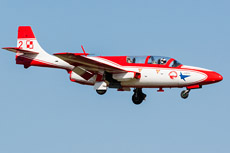
|
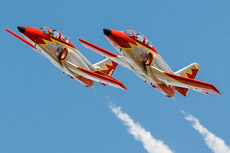
|
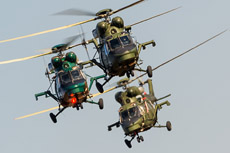
|
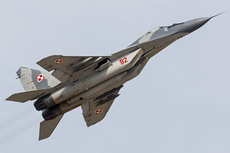
|
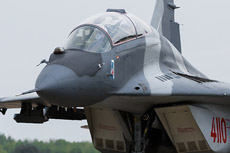
|
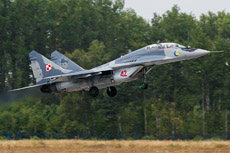
|
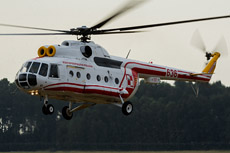
|
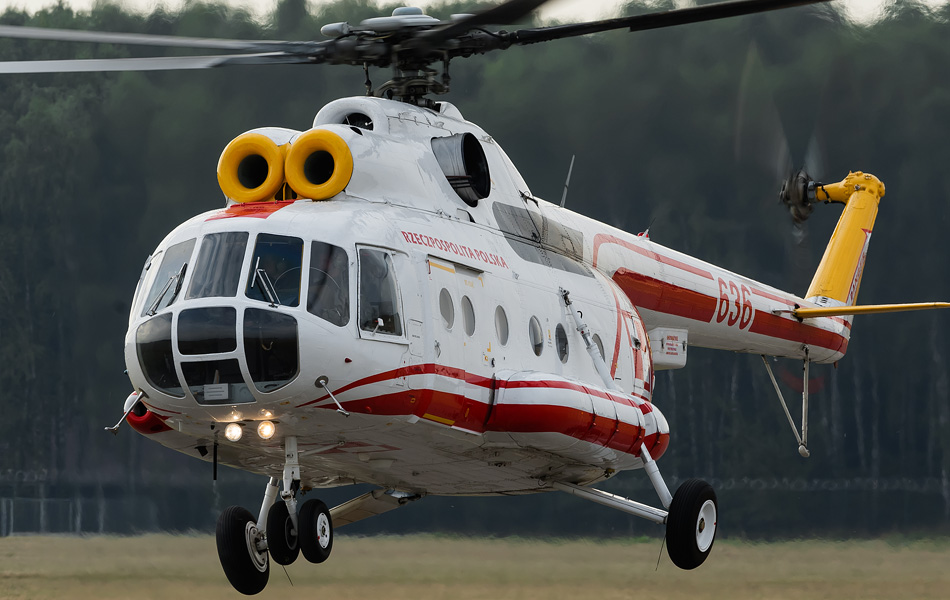
|
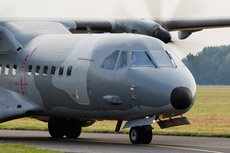
|
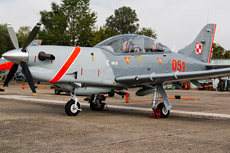
|
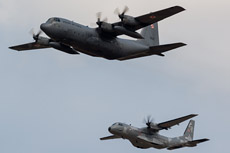
|
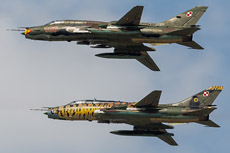
|
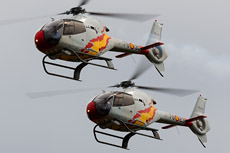
|
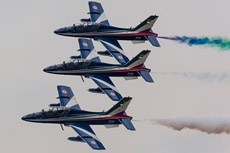
|
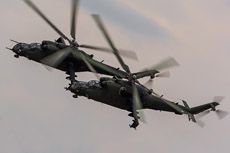
|
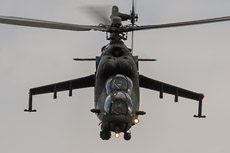
|
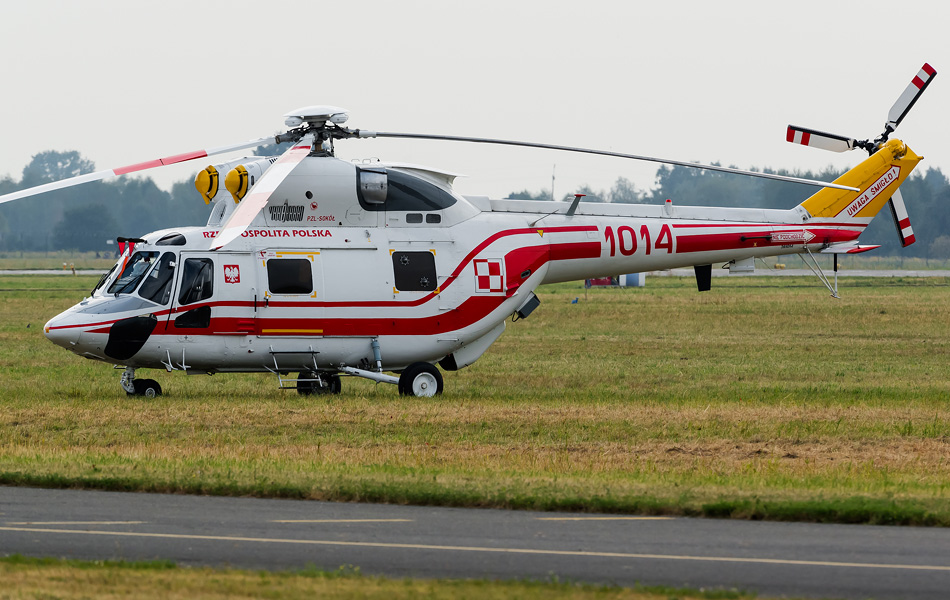
|
|
|

|







